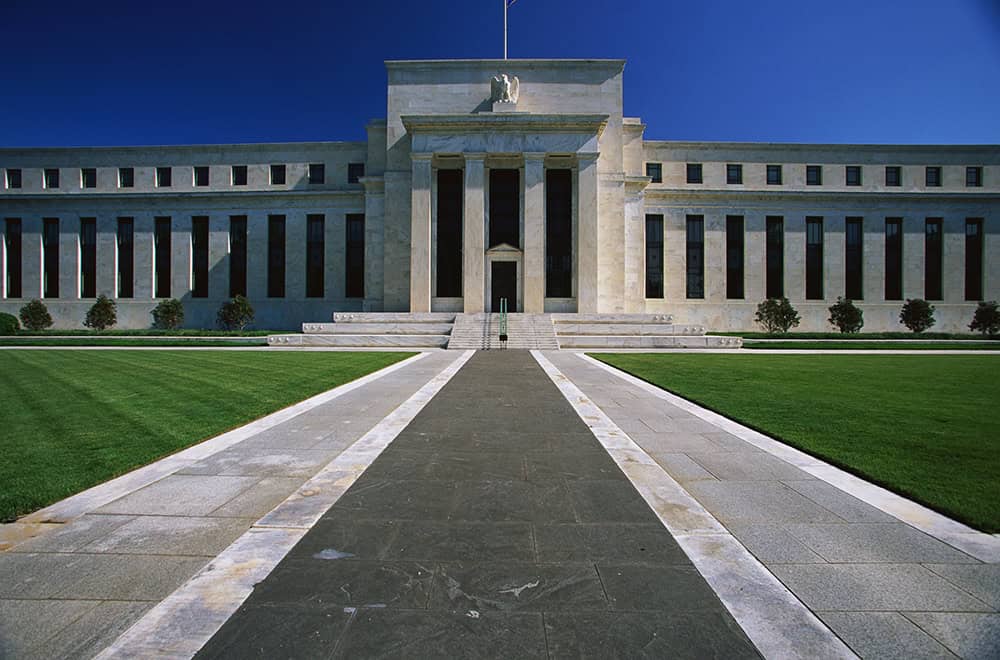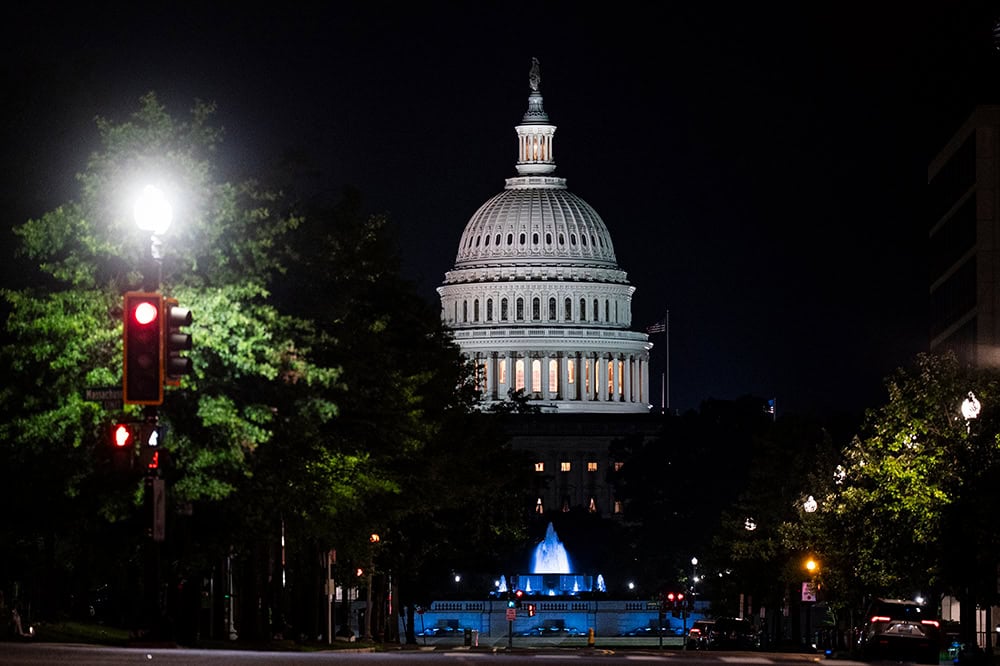Peterson Foundation Statement Ahead of President’s State of the Union Address

NEW YORK — Michael A. Peterson, CEO of the Peter G. Peterson Foundation, issued the following statement in advance of tonight’s State of the Union address:
“By any measure, the state of the Union’s fiscal outlook is unsustainable, and getting worse. Our national debt is more than $23 trillion and this year’s budget deficit will reach $1 trillion. We already spend a staggering $1 billion every day just on interest, and it will double in 10 years.
“Tonight is a valuable opportunity for the president to talk to the nation about a better path forward. America faces many pressing challenges, including healthcare access, climate change, economic inequality, and unpredictable national security threats. Managing our debt and putting our nation on a more secure fiscal path will help America meet these challenges, build a strong economic future and ensure our leading role in the world.”
Background Context
According to the baseline projections in the Budget and Economic Outlook released last week by the nonpartisan Congressional Budget Office (CBO):
- The national debt will soon exceed the size of the economy, growing to 98 percent of GDP by 2030 and 180 percent of GDP by 2050.
- Federal deficits will exceed $1 trillion in each of the next 10 years.
- Interest is the fastest growing budget category, costing more this year than the government spends on children, and it will total $5.9 trillion over the next decade.
# # #
Further Reading
How Much Do We Spend on the Federal Workforce?
Here, we examine the federal government’s expenditure on its workforce, the evolution of its size over time, and the opportunities for budget savings.
What Are Interest Costs on the National Debt?
Interest costs are on track to become the largest category of spending in the federal budget.
The One Big Beautiful Bill Act Is the Most Expensive Reconciliation Package in Recent History
The legislative package will be the most expensive reconciliation bill in a quarter of a century and will add trillions of dollars to the U.S. debt.


